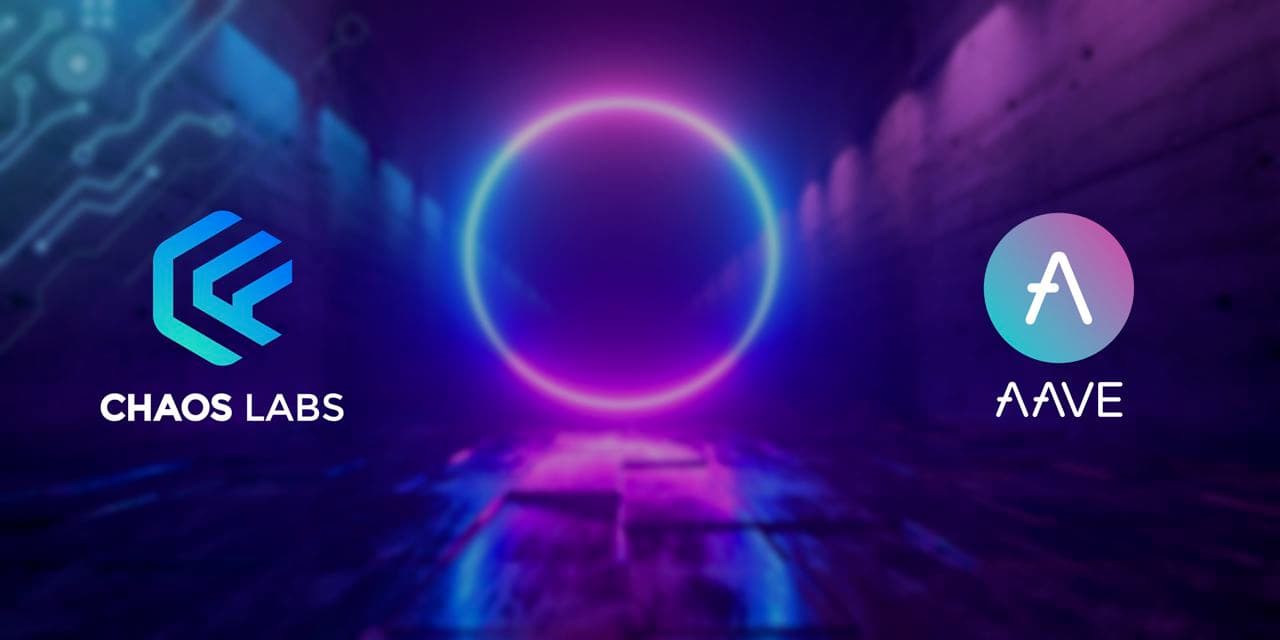Aave is a decentralized finance (DeFi) lending protocol that allows users to borrow, lend, and earn interest on cryptocurrencies. It is one of the largest DeFi protocols by total value locked (TVL). Aave is known for its innovative features, such as flash loans and permissionless pools. One of Aave’s key goals is to become more decentralization hopes. This is important for several reasons. First, it will make Aave more secure and resilient to attack. Second, it will make Aave more fair and equitable. Third, it will make Aave more attractive to institutional investors.
Aave’s path to decentralization
Aave is on a path to decentralization in a number of ways. First, the Aave team is transferring governance of the protocol to the Aave community. This will give the community more control over the protocol and its development.
Second, the Aave team is developing new features and tools to make it easier for the community to participate in governance. For example, the team is developing a new governance dashboard that will make it easier for users to submit and vote on proposals.
Third, the Aave team is working to attract more institutional investors to the protocol. Institutional investors can provide Aave with much-needed liquidity and expertise. However, institutional investors are often hesitant to invest in DeFi protocols because they are concerned about security and risk.
Aave’s appeal to institutional investors
Aave has a number of features that make it appealing to institutional investors. First, Aave is one of the largest and most well-established DeFi protocols. This gives institutional investors confidence that Aave is a safe and reliable investment.
Second, Aave has a strong track record of innovation. The Aave team has developed a number of innovative features, such as flash loans and permissionless pools. This shows that the Aave team is committed to developing new products and services that meet the needs of its users.
Third, Aave is becoming more decentralized. This is important for institutional investors because it shows that Aave is not controlled by any single entity. This makes Aave more fair and equitable, and it also makes Aave more resilient to attack.
How Aave’s path to decentralization is attracting institutional investors
Aave’s path to decentralization is attracting institutional investors in a number of ways. First, it is making Aave more secure and resilient to attack. This is important for institutional investors because it reduces their risk.
Second, it is making Aave more fair and equitable. This is important for institutional investors because it gives them a voice in the governance of the protocol.
Third, it is making Aave more transparent. This is important for institutional investors because it allows them to better understand the risks involved in investing in Aave.
Aave is on a path to decentralization. This is important for a number of reasons, including security, fairness, and equity. It is also important for attracting institutional investors.
Aave has a number of features that make it appealing to institutional investors, such as its size, track record, and innovation. Aave’s path to decentralization is making it even more appealing to institutional investors by reducing their risk, giving them a voice in governance, and making it more transparent.
Additional information
Here is some additional information about Aave’s path to decentralization and its appeal to institutional investors:
- Aave is working to decentralize its governance by transferring governance of the protocol to the Aave community. This is being done through a process called the Aavenomics proposal.
- Aave is also developing new features and tools to make it easier for the community to participate in governance. For example, the team is developing a new governance dashboard that will make it easier for users to submit and vote on proposals.
- Aave is working to attract more institutional investors to the protocol by launching new products and services that are tailored to the needs of institutional investors. For example, Aave launched Aave Pro in July 2021, which is a permissioned version of the Aave protocol that is designed for institutional investors.




